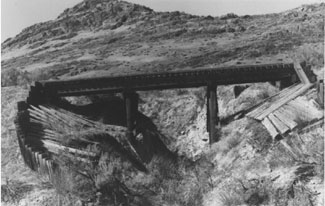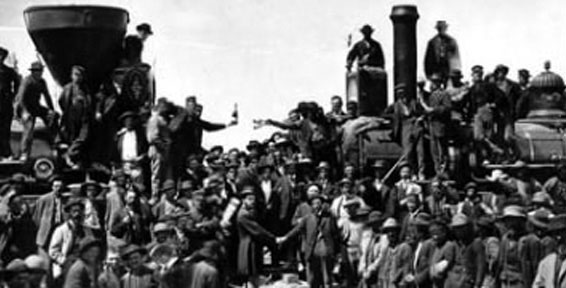The Trestles At Golden Spike National Historic Site
Client: National Park Service
Site: Promontory Summit, Utah

Golden Spike National Historic Site at Promontory Summit, Utah, is north of the Great Salt Lake. This National Historic Site was established to commemorate the joining of the rails of the Central Pacific and Union Pacific Railroads. On May 10, 1869, officers of both companies as well as, a host of others celebrated the laying of the last rail and the driving of the last spike in a ceremony at mid-day. The joining of the rails at Promontory Summit signified the end of a colossal effort to build the world’s first transcontinental railroad in only six and one half years, less than half the time that Congress had originally specified. Representing one of the greatest engineering feats of the nineteenth century, completion of this continuous rail line accelerated the settlement and economic development of the American West. Completing this first transcontinental railroad also facilitated transportation and commerce, thereby improving communications, and uniting the country physically, economically and politically. In 1985, two of the historic wooden trestles on the site were in deteriorated condition. The National Park Service wanted to stabilize and repair the trestles, and contracted with our firm to prepare their Historic Preservation Plan. The Collaborative inspected the trestles, and found the oldest, an 1889 trestle was severely deteriorated while, a 1938 trestle was in relatively good condition. A Preservation Action Plan was developed, which included an analysis of potential reuse of the trestles in their existing condition, a repaired condition, or complete replacement of the trestle’s altogether. Cost estimates for these options were developed, and a potential for the historic interpretation of each option was presented. A series of long-term and cyclical maintenance plans were also prepared for the preservation method selected by the National Park Service; a combination of stabilization and partial reconstruction with ongoing inspections at three month intervals.

